- No products in the cart.
Loratavel tab 10mg 10 pc
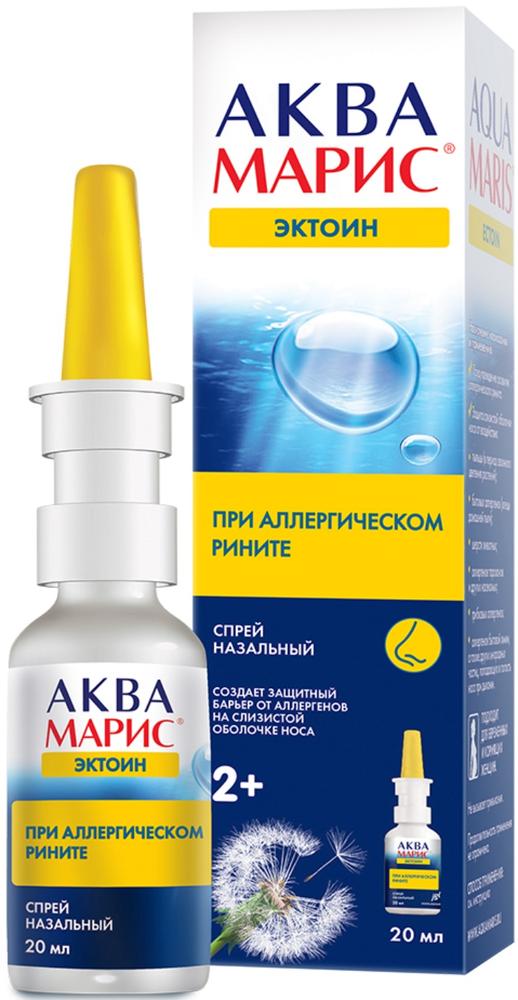
Aqua Maris ectoine nasal spray for the prevention and treatment of allergic rhinitis 20ml
$10.19

Suprastin tab 25mg 20 pc
$2.72
$3.60
Loratavel tab 10mg 10 pc
Description
Composition
Active substance:
1 tablet contains: loratadine – 10.0 mg.
Excipients:
corn starch, magnesium stearate, talc, sodium carboxymethyl starch (sodium starch glycolate, Primogel), colloidal silica (Aerosil), microcrystalline cellulose, monohydrate lactose (milk sugar).
Description:
Round Valium tablets white or nearly white with Valium and a facet.
Product form:
Tablets 10 mg.
10 tablets in blisters of PVC film and aluminum foil printed patent.
Contraindications
Hypersensitivity to loratadine or any other component of the formulation;
Lactase deficiency, lactose intolerance, glucose-galactose malabsorption;
Lactation;
Children under 3 years of age and body weight less than 30 kg.
Carefully:
severe liver function;
pregnancy.
Dosage
10 mg
Indications
Seasonal (hay fever) and perennial allergic rhinitis and allergic conjunctivitis – elimination of the symptoms associated with these diseases – sneezing, itching of the nasal mucosa, rhinorrhea, itching and burning sensation in the eyes, epiphora. Chronic idiopathic urticaria.
Interaction with other drugs
Food intake has no effect on the effectiveness of loratadine.
Loratadine does not increase the alcohol effects on the central nervous system.
In a joint reception of loratadine with ketoconazole, erythromycin, cimetidine or a marked increase in the concentration of loratadine and its metabolite in plasma, but this increase is not clinically significant, including ECG data.
Overdose
Symptoms, somnolence, tachycardia, headache. In case of overdose should immediately consult a doctor.
Treatment: symptomatic and supportive therapy. Perhaps gastric lavage, adsorbents (crushed activated carbon with water). Loratadine is not displayed during hemodialysis. After emergency treatment should be continued monitoring of the patient.
pharmachologic effect
Pharmacological group:
Antiallergic agent – H1-histamine receptor blocker.
Pharmacodynamics:
Loratadine is a tricyclic compound with a strong antihistaminic activity and is a selective blocker of peripheral H1-histamine receptors. It has a rapid and prolonged antiallergic action. The onset of action – within 30 minutes after taking loratadine inside. Antihistaminic effect reaches a maximum after 8-12 hours from onset of action and lasts more than 24 hours. Loratadine does not penetrate the blood-brain barrier and does not affect the central nervous system. No clinically significant anticholinergic and sedative action, that is, does not cause drowsiness and does not affect the speed of psychomotor reactions when used in recommended doses. Receiving loratadine does not lead to a lengthening of QT interval on the electrocardiogram (ECG).
With prolonged treatment no clinically significant changes in vital signs, physical examination data, laboratory test results and ECG.
Loratadine has no significant selectivity for H2-histamine receptors. It does not inhibit the reuptake of norepinephrine and has virtually no effect on the cardiovascular system or pacemaker function.
Pharmacokinetics:
Loratadine is rapidly and well absorbed from the gastrointestinal tract. The time to reach maximum concentration (Tmax) of loratadine in plasma – 1-1.5 hours, while its active metabolite desloratadine – 1,5-3,7 hours. Food intake increases the time to reach maximum concentration (Tmax) of loratadine and desloratadine to 1 hour, but no effect on drug efficacy. The maximum concentration (Cmax) of loratadine and desloratadine is independent of food intake. Patients with chronic kidney disease maximum concentration (Cmax) and area under the curve “concentration – time» (AUC) of loratadine and its active metabolite increased compared f patients with normal renal function. Half-lives of loratadine and its active metabolite, it does not differ from those of healthy patients. In patients with alcoholic liver disease Cmax and AUC values of loratadine and its active metabolite is doubled in comparison with data rates in patients with normal liver function.
Loratadine has a high degree (97-99%) and its active metabolite – a moderate degree (73-76%) binding of plasma proteins e.
Loratadine is metabolized by the system in desloratadine ZA4 cytochrome P450 and, to a lesser extent, of cytochrome P450 2D6. Eliminated via the kidneys (approximately 40% of an oral dose), and through the intestine (about 42% of an oral dose) for more than 10 days, preferably in the form of conjugated metabolites. Approximately 27% of an oral dose is excreted via the kidneys within 24 hours after receiving the medicament. Less than 1% of active compound eliminated via the kidneys in unchanged form within 24 hours after administration of loratadine. The bioavailability of loratadine and its active metabolite is dose-dependent. The pharmacokinetic profile of loratadine and its active metabolite in adults and elderly healthy volunteers were comparable.
The half life of loratadine ranges from 3 to 20 hours (mean 8.4 hours) and desloratadine – from 8.8 to 92 hours (mean 28 hours); elderly patients, respectively, from 6.7 to 37 hours (mean 18.2 hours) and from 11 to 39 hours (mean 17.5 hours). The half-life is increased in alcoholic liver injury (depending on the severity of the disease) and does not change in the presence of chronic renal insufficiency.
Hemodialysis patients with chronic renal failure has no effect on the pharmacokinetics of loratadine and its active metabolite.
Pregnancy and breast-feeding
Safety of application of loratadine during pregnancy has not been established. Use of the drug during pregnancy is possible only if the expected benefit to the mother outweighs the potential risk to the fetus.
Loratadine and its active metabolite are allocated in breast milk, so the appointment of the drug during lactation should decide the issue of termination of breastfeeding.
Conditions of supply of pharmacies
Without recipe.
side effects
In clinical studies involving children aged from 2 to 12 years who took the drug more frequently than in the placebo ( “dummy”) group: headache (2.7%), nervousness (2.3%), fatigue (1 %).
In clinical trials involving adults adverse events were observed more frequently than with placebo, occurred in 2% of patients taking the drug. In adults, the application of the drug more frequently than in the placebo group were observed headache (0.6%), somnolence (1.2%), increased appetite (0.5%) and insomnia (0.1%). In addition, in the post-marketing period there were very rare reports (
If any of these instructions side effects are compounded, or if you notice any other side effects not mentioned in the instructions, tell your doctor.
special instructions
The drug should be discontinued at least two days before the skin allergy tests, since loratadine can have an impact on their results.
Effects on ability to drive vehicles, machinery.
It revealed no adverse effects on the ability to loratadine driving or other activities that require full attention.
However, in very rare cases, some patients experience drowsiness while taking loratadine, which may affect their ability to drive and use machines.
Storage conditions
In the dark place at a temperature not higher than 25 ° C.
Keep out of the reach of children.
Dosing and Administration
Inside, regardless of mealtime.
Adults, including the elderly and adolescents over 12 years is recommended to take the drug at a dose of 10 mg (1 tablet) 1 every day.
In applying the drug in elderly patients and in patients with the presence of chronic renal insufficiency dose adjustment is required.
Children aged 3 to 12 years old with a body weight of over 30 kg – 10 mg (1 tablet) 1 time per day.
Adults and children with body weight more than 30 kg with severe hepatic impairment initial dose should be 10 mg (1 tablet) every other day.
Information
Appearance may differ from that depicted in the picture. There are contraindications. You need to read the manual or consult with a specialist
Additional information
| Weight | 0.100 kg |
|---|---|
| Manufacturer | VELFARM |

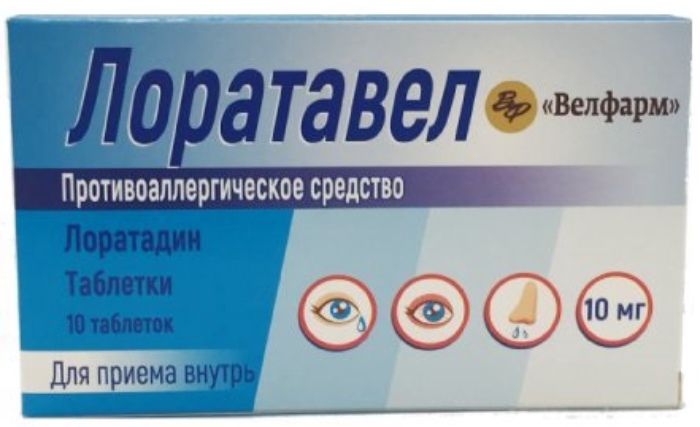
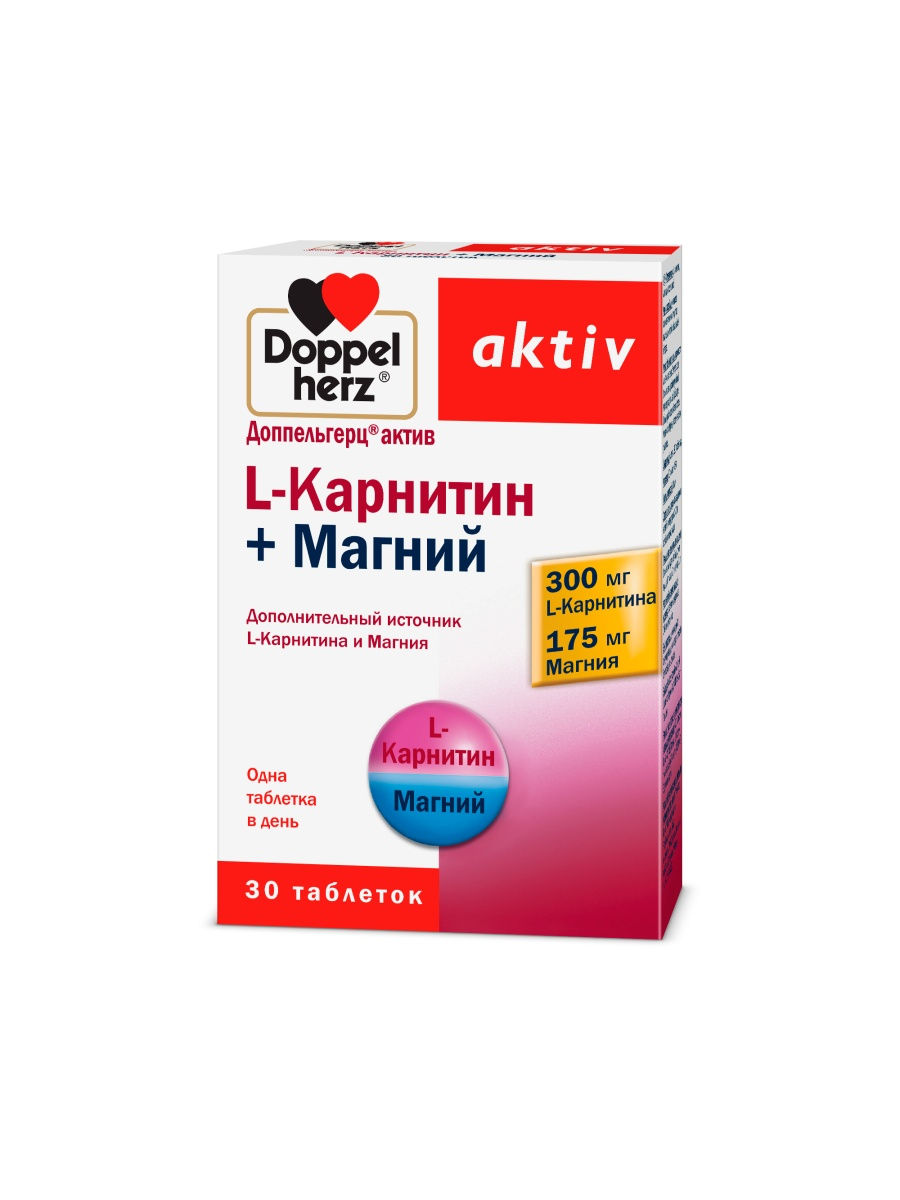
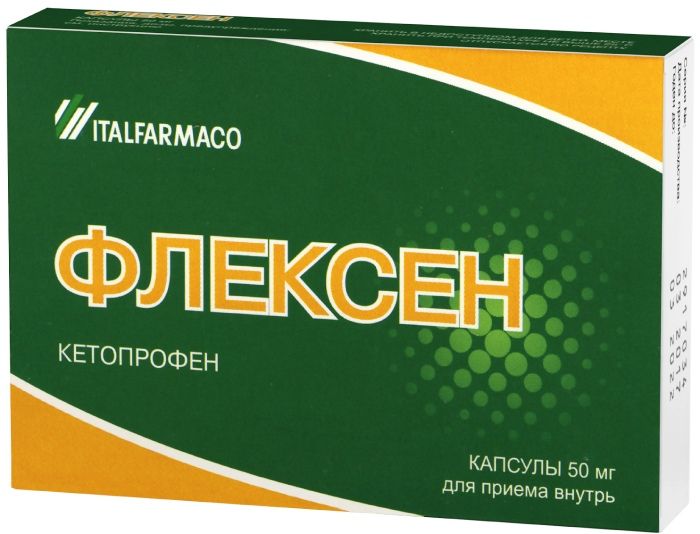
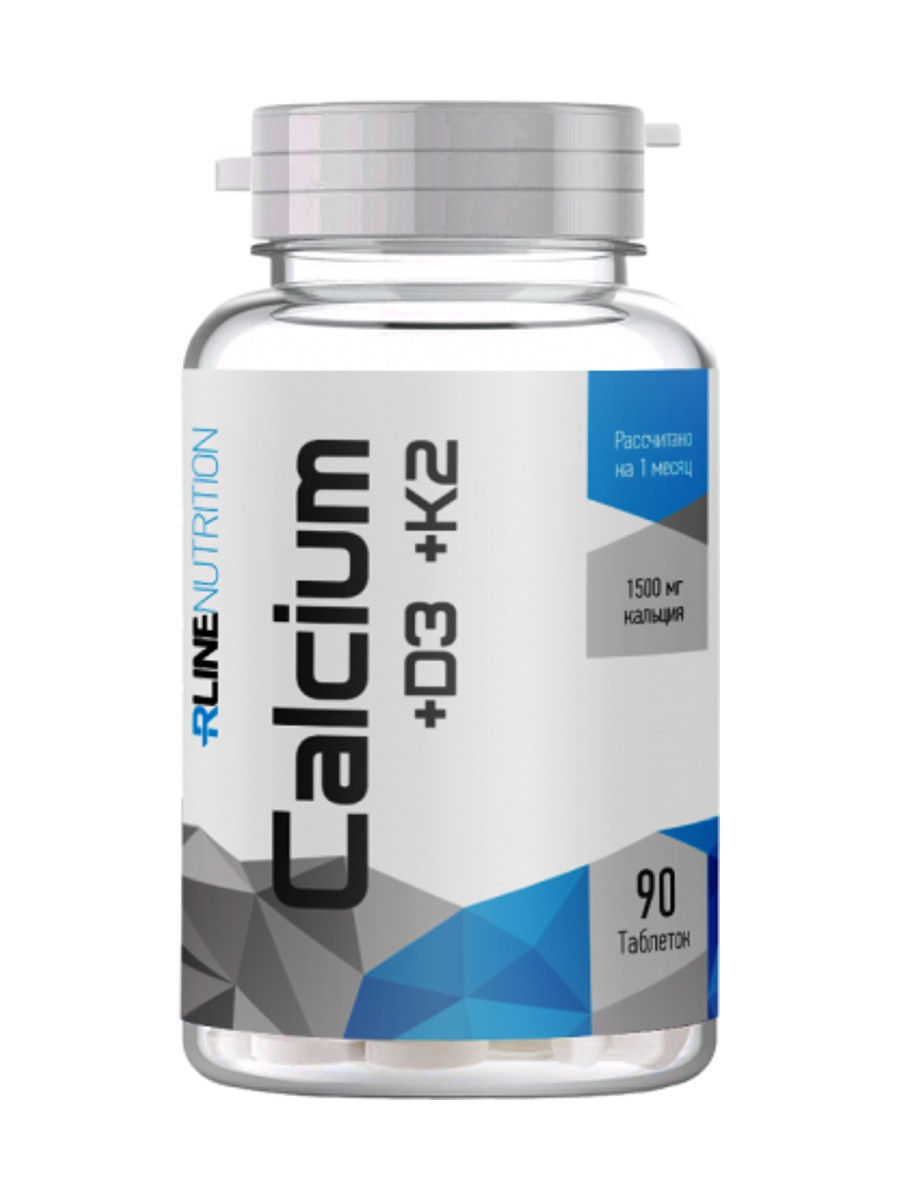
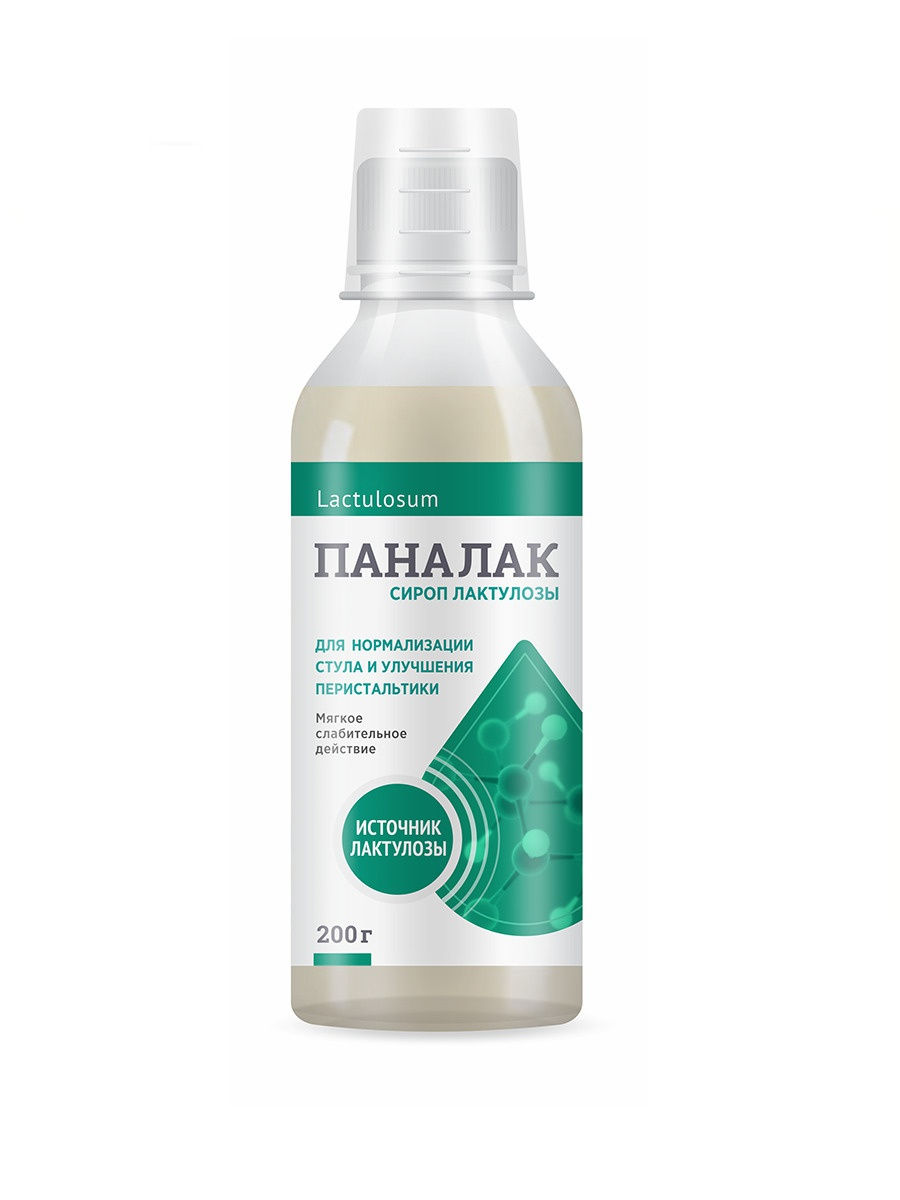

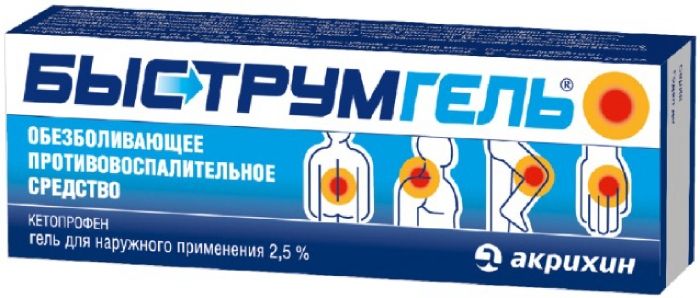




There are no reviews yet.